Entrees: Asian, Indian, Italian, Mexican, American, and more Desserts: Cakes, Cookies, Puddings, and more Lunch: Sandwiches, Wraps, Salads, and more Soups, Side Salads, and Side Dishes Breakfast Entrees and Pastries Appetizers and Small Plates Sauces and Gravies Dips and Spreads Beverages Dedicated to my wife, the love of my life. You are amazing. Thank you for all your help. And to my children, who are always encouraging and supportive. You are well loved!

The Professional Vegan Cookbook Commercial Kitchen Vegan Cooking Chef Brian P. McCarthy Copyright 2014 The Professional Vegan Cookbook
All rights reserved.
This book or any portion thereof
may not be reproduced or used in any manner whatsoever
without the express written permission of the publisher
except for the use of brief quotations in a book review. Printed in the United States of America Author: Brian P. McCarthy 1 2 3 4 5 6 7 8 9 First Edition 2014 ISBN-10: 1496039394 ISBN-13: 978-1496039392
Business Contact: professionalvegancooking@gmail.com 
Introduction
Maybe you already serve vegan meals and are looking for new ideas, or perhaps you have never served a vegan meal because you don't know the rules. With The Professional Vegan Cookbook you can confidently serve a full range of vegan food, which can increase sales and profits and make your kitchen more diverse. With new, clearly labeled vegan products hitting the shelves daily, vegan fare is clearly here to stay. Adding vegan selections to the menu will increase the options for your vegetarian diners as well.
Vegan Food Defined Why Customers Request Vegan Meals The Language of Vegan Fare Vegan Substitutes Setting Standards Checking Labels I Can't Believe It's Vegan* Making It Easy Pricing a Vegan Meal Signage Proteins Lowering Your Food Cost Tofu How to Fry Tofu Non-Dairy Milk Beverages Flours Breads Pasta Sugars Honey Beverages Salad Bar Vegan Breakfast Ideas Vegan Lunch Ideas Vegan Dinner Ideas What Constitutes a Vegan Entre? Vegan Catering Conversion Charts
Vegan Food Defined
Keeping in mind this is not a 100% complete definition (see the internet for volumes on the subject!), vegan food is, in general, a more restricted form of vegetarian food. Not only does vegan food exclude meat, fish, seafood, poultry, and any other form of animal life (think anything with a blood supply), it also excludes all other animal-derived ingredients. This includes all eggs, all dairy products, and all bee products (honey, pollen, bee's wax, royal jelly, etc.). Some non-vegan food products are made using insects, (like some confectioner's glazes) or lanolin, which wool bearing animals excrete through their sebaceous glands and can be used to make vitamin D3. Other non-vegan foods are processed using animal products (for example, bone char for refining certain brands of sugars, and manufacturing methods for some alcoholic beverages).
Why Customers Request Vegan Meals
People enjoy vegan food for a variety of reasons.
Why Customers Request Vegan Meals
People enjoy vegan food for a variety of reasons.
It could be as simple as wanting to try something new, but it is often for deeper reasons, such as animal rights, health and/or environmental concerns, or religious choices. Whatever the reason, chances are they have put some solid thought into their decision. Being professional will show respect and will help to earn their business. Someone looking for a vegan meal has taken the effort to visit your establishment and is looking forward to a nice time. They want flavorful, satisfying, and nicely prepared food. They do not want to be burdened by having to ask the server a long list a questions.
They don't want to be overcharged for something they could have made at home for a fraction of the price (but are willing to pay adequately for a nice meal!). The better prepared you are, the more pleasant their dining experience will be.
The Language of Vegan Fare
Like many cuisines, preparing and serving a vegan meal has its own language. For example, if you are preparing Italian food, you would consider what types of olive oil to use. Vegan diners will raise some common questions to the staff. You will learn about tofu, milk substitutes, seitan, legumes, grains and tempeh, and how to prepare them.
You will become familiar with foods in your kitchen which are safe to use, and others whose ingredient labels need to be constantly monitored. Does your worcestershire sauce contain anchovies or your chocolate chips dairy? Does the baker brush egg wash on the otherwise vegan baked goods? You will teach your serving staff to accurately answer questions such as if there is fish in the Pad Thai sauce, if the sprinkles on the vegan cupcakes contain confectioner's glaze, or if the buns for the veggie burgers are vegan. Having quick and confident answers will help customer confidence and increase sales opportunities.
Vegan Substitutes
Once only found in small health food stores, vegan substitutes are now demanding steadily increasing shelf space in regular markets. The quantity and variety of vegan specialty products available through large commercial food service distributors is also on the rise. With soy milk dispensers, bulk soy ground, an endless array of vegan burgers and clearly marked packaging, it is becoming easier to offer and sell vegan food options.
The list below is a small sample of vegan substitutes available, depending on your geographical area: (butter, cheese, cream cheese, sour cream, coffee creamers, milk, yogurt, whipped cream, ice cream, mayonnaise, gelatin (agar-agar), marshmallows, worcestershire sauce, oyster sauce, bacon, ground beef, burgers, deli slices, chicken patties, meatballs, hot dogs, breakfast sausage, chorizo, German sausage)
Setting Standards
Basic vegan food prep standards call for a separate deep fat fryer for vegan foods only, separate grill space, cutting board sanitation, storing vegan foods above non-vegan foods in order to help prevent cross-contamination, not using the same serving utensils on the line for serving vegan and non-vegan foods, and when staff should change gloves. The goal is to keep non-vegan food from cross-contaminating vegan food. Listen to your customers to better understand the standards they expect. Higher standards earn more respect.
Checking Labels
Just a few not so obvious non-vegan food items: Whey (derived from milk) Casein (derived from milk) Gelatin (animal product) Kosher Gelatin (animal product) Honey Fish sauce Lard (animal fat) Ghee (derived from milk) Confectioners glaze Most Worcestershire sauces Some artificial colors and flavors Some natural colors and flavors Vitamin D3
I Can't Believe It's Vegan*

(check the internet for a more detailed list) *Always check ingredient labels, as manufacturers will change ingredients from time to time, making this list possibly no longer accurate. When in doubt, call manufacturer to verify.
Baker's Unsweetened Baking Chocolate Squares Baker's Semi-Sweet Baking Chocolate Squares Crisco All-Vegetable Shortening Many premade frozen fruit pies Most phyllo dough Oreos Pepperidge Farm puff pastry Rich's Frozen Whipped Topping (not the pre-whipped cream in the clear plastic pastry bag, just the 1 quart liquid) Skittles Smart Balance margarine Some Ghirardelli chocolate chips Huy Fong Sriracha sauce (the one with the rooster on the label)

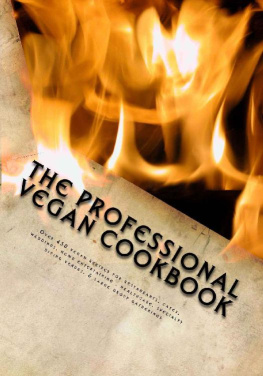
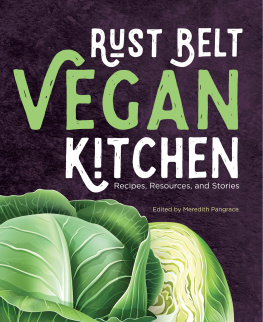


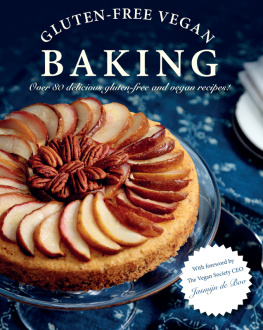
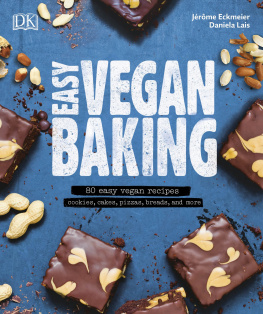
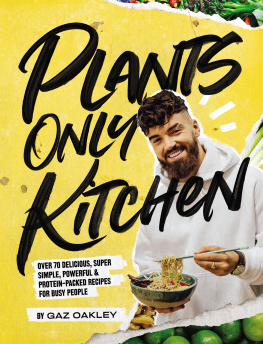

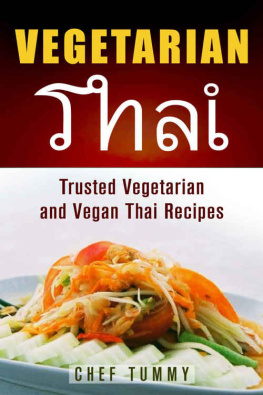
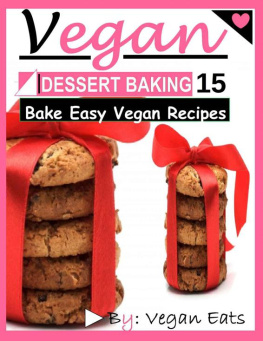
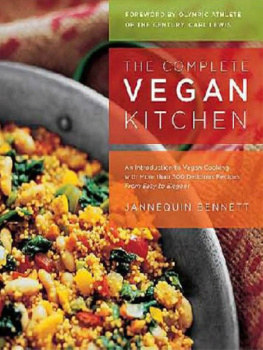

 The Professional Vegan Cookbook Commercial Kitchen Vegan Cooking Chef Brian P. McCarthy Copyright 2014 The Professional Vegan Cookbook
The Professional Vegan Cookbook Commercial Kitchen Vegan Cooking Chef Brian P. McCarthy Copyright 2014 The Professional Vegan Cookbook
 (check the internet for a more detailed list) *Always check ingredient labels, as manufacturers will change ingredients from time to time, making this list possibly no longer accurate. When in doubt, call manufacturer to verify.
(check the internet for a more detailed list) *Always check ingredient labels, as manufacturers will change ingredients from time to time, making this list possibly no longer accurate. When in doubt, call manufacturer to verify.